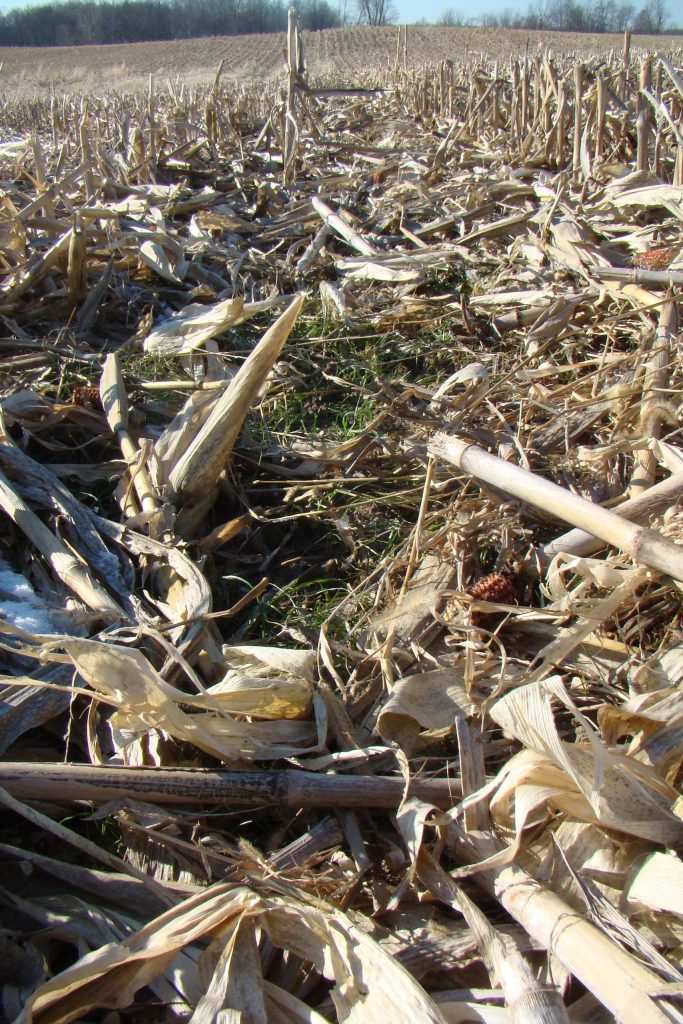3,260
1,828
Partners: The Watershed Foundation, Indiana DNR - Lake and River Enhancement Program, Kosciusko County Soil and Water Conservation DistrictAbout this project
Rhoades Farm planted cover crops for 2 years along with no-till planting on a 51.2 area field. This project was in collaboration with the Kosciusko County Soil and Water Conservation District and The Watershed Foundation with funding through the Indiana DNR with the Lake and River Enhancement Program.
At Rhoades Farm LLC, Dean Rhoades and his family manage 450 acres of row crops, 80 acres of hay and a small beef herd.
Rhoades’ grandfather, Sam Rhoades, was a leader in conservation who instilled an ethic of care for the land into his family.
Sam Rhoades was one of the first members of the Soil and Water Conservation District in Kosciusko County as well as one of the first farmers in the area to switch from a mold-board plow to a chisel plow. Minimizing damage from tillage was part of what helped Sam build up the soil on the farm and pass along something valuable for his family to farm.
Today, that conservation ethic leads the family toward management practices that balance profit with care for the soil.
Rhoades Farm uses no-till on 100 acres, and practices minimum till on the rest. This year, Rhoades planted 118 of their acres in cover crops. Rhoades got interested in cover crops from hearing what cover crops have done for others at local meetings hosted by the Soil and Water Conservation District or other farmers.
Rhoades likes the way the cover crops benefit his soil. He says the benefits of cover crops have “been in the theme of our operation through the generations.” The extra root matter adds organic matter to the soil, which helps the soil act like a sponge to deal with flood and drought.
The cover crop cocktail mix that Rhoades uses includes species that add nutrients to the soil as well. The legumes in the mix have added nitrogen to the soil to the point that Rhoades has intentionally decreased the amount of fertilizer he spreads on his fields by up to 15%.
Rhoades has found that success with cover crops depends on timing and the weather. In the spring, Rhoades has to wait for the soil to warm up and let the cover get established before planting the cash crop. Waiting can be hard, but it’s necessary to get the full benefit out of the cover crop.
In addition to no-till and cover crops, The Rhoades family has invested in grassed waterways and WASCOBs to keep soil on their fields and out of rivers and ponds.
A neighboring pond that belongs to Dean’s nephew was getting heavy sediment pollution from surrounding fields.
“It turns his pond to mud,” Rhoades said.
